Enabling comments on multiple-choice questions
- Open an existing form or create a new one.
- Click on the plus icon and select Multiple choice option.
- Fill out your multiple-choice question.
- In the Add option or add “Other” bullet, click the linked add “Other” text.
- Click the Add section button in the toolbar.
- Fill in the new section title.
- Click the plus icon in the toolbar.
- Select Paragraph from the dropdown menu and fill out the question title.
- In the original multiple-choice question field, click the three-dot icon and select Go to section based on answer.
- Next to the “Other” bullet, select Continue to next section.
- For the other answer options, select Submit form.
Interactive step-by-step tutorial
Multiple-choice questions are one of the most common types of form questions, but it’s impossible to represent every opinion with a limited number of pre-written answers. There are ways to make these questions more comprehensive, however.
If you’re making a survey in Google Forms with multiple-choice questions and you want to learn more about what respondents think about a particular question, you have a couple of options.
One choice is to add a write-your-own-answer option to the multiple-choice question. Respondents can then write their own unique answer in an “Other” answer field.
Another choice is to use a separate open-ended question to ask respondents if they have any comments they want to share. While you can’t link the open-ended question to the multiple-choice question automatically, you can keep it in a separate section of the form and set this section to display only if users answer the multiple-choice question with an “Other” answer.
This article will go over how to implement these options in Google Forms and then look at how you can use Jotform to create multiple-choice forms that respondents can add comments to.
How to add a custom answer field to a multiple-choice question in Google Forms
- Go to Google Forms. Open an existing form or create a new one by clicking Blank form.
- Create a multiple-choice question by clicking the plus icon in the toolbar on the right, then selecting Multiple choice from the question field’s dropdown menu.
- Fill out your multiple-choice question as desired. Then in the Add option or add “Other” bullet, click the linked add “Other” text. Respondents will now be able to comment with their own answers by selecting “Other” when filling out the form and writing their own responses.
To give users the option to explain their selection of the “Other” option, continue to the next section.
How to use an open-ended question as a comment field in Google Forms
- Follow the steps outlined in the previous section.
- Click the Add section button in the toolbar on the right (the icon looks like two bars stacked on top of each other). Fill in the new section title as desired (it can be something like “Comments”).
- Click the plus icon in the toolbar on the right to add a new question. Select Paragraph from the dropdown menu in the new question field. Fill out the question title with text that indicates that respondents should comment in this field with any additional thoughts about answering the multiple-choice question with “Other.”
- In the original multiple-choice question field, click the three-dot icon and select Go to section based on answer. Dropdown fields will appear next to each answer option. Next to the “Other” bullet, select Continue to next section. For the other answer options, select Submit form. Now, when respondents fill out the form, if they select “Other” as an answer, they’ll be taken to another section where they can enter comments on their choice. If respondents select one of the pre-written answer options, they won’t see this section, however.
If you want users to be able to expand on their answers regardless of whether they wrote their own answer or not, you can also simply add an open-ended question field to your form without separating the question out into a new section.
Another option: Jotform
If neither of these options works for you, you might want to give Jotform a try. Like Google Forms, Jotform lets you give respondents the ability to write their own answer to a multiple-choice question. But Jotform also gives you the ability to customize the text users see when they write their own answers and lets you link a text-based field directly to a particular question and ensure it’s only displayed for relevant users — without adding section dividers.
What is Jotform?
Jotform is a powerful online form builder that lets users create forms from scratch or customize over 10,000 form templates with a drag-and-drop interface. Jotform offers a wide variety of form fields, including multiple-choice questions, dropdowns, images, date fields, and multiple-choice question grids, as well as more features, like widgets, payment gateways, and software integrations.
How to add a comment section to a multiple-choice question in Jotform
There are two ways to let users comment on a multiple-choice question in Jotform. You can add a write-your-own-answer option, or you can use conditional logic to give users the ability to fill out an open-ended question with their comments.
When you add a custom answer field, respondents can write their own answers. With conditional logic, you can also let respondents explain their choice further while hiding the option for those who choose one of your premade responses.
Here’s how.
How to add a custom answer field to a multiple-choice question in Jotform
- Log into your Jotform account. Open an existing form, or create a new one by clicking the Create form button.
- In the Form Builder, click the Add Form Element button and select either Multiple Choice (multiple answers can be selected) or Single Choice (only one answer can be selected) by clicking the field or dragging it into your form.
- Fill out the question as desired. Select the gear icon beside the question field and click the Options tab. Switch the Display Other Option toggle on to enable a write-your-own-answer option. You can customize the text users will see when they select this option. Now, if a respondent selects this “Other” option, a text box will appear, letting users fill in their own answers or comments.
If you’d like to learn how to use conditional logic to let users explain why they chose the “Other” option, continue to the next section.
How to use conditional logic to let users fill out a comment field after choosing their own answer to a multiple-choice question
- Follow the steps explained in the previous section.
- Click Add Form Element and click Short Text or Long Text or drag one of the fields into your form. Fill in the question title with explanatory text — for example, “If you answered the question above with ‘Other,’ please explain why.”
- Click the Settings tab at the top of the page, then select Conditions from the panel on the left.
- Click Show/hide field and configure the options so the new question field you added will only be displayed if respondents selected the “Other” answer to the multiple-choice question:
- Under If, select the multiple-choice question.
- Under State, select Is Equal To.
- Under Value, select — Other — (or whatever text you used for this field).
- Under Do, select Show.
- Under Field, select the new, open-ended question you added.
Now, the open-ended question will only be shown to users who answered the multiple-choice question with the custom answer option.
If you want users to be able to expand on their answers regardless of whether they wrote their own answers or not, you can also simply add an open-ended question field to your form and skip the conditional logic steps.
Give respondents more than multiple-choice options
While multiple-choice questions are a basic tool used in surveys, forms, and quizzes, they can’t always fully represent people’s views, and as a result, they might limit your understanding of their perspectives. Offering respondents the ability to write their own answers and leave a comment that explains why can expand your understanding of the group you’re surveying and glean useful information.
You can use Google Forms or Jotform to make forms with these options. You can use Jotform to customize write-your-own answer fields and directly tie question fields to other questions, giving you more flexibility in designing your form.
Photo by Tima Miroshnichenko




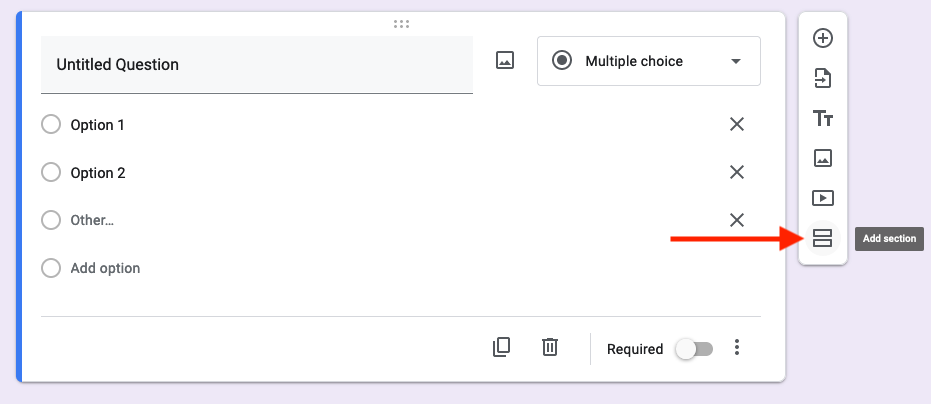










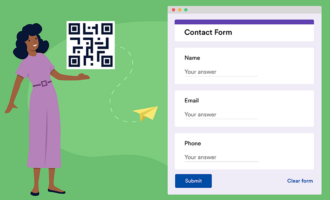

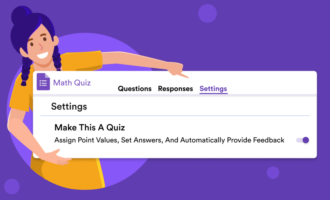























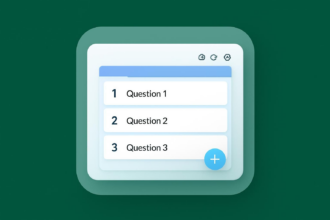


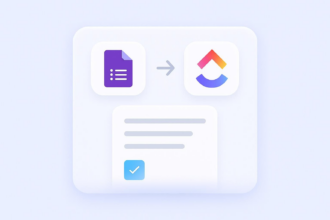



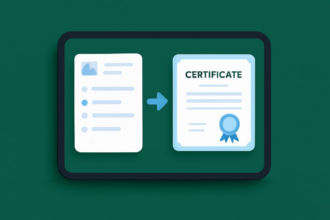



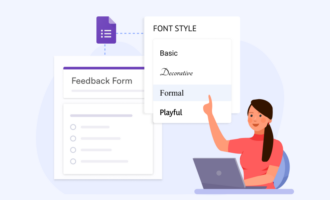






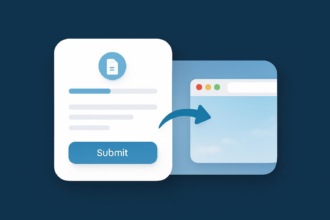






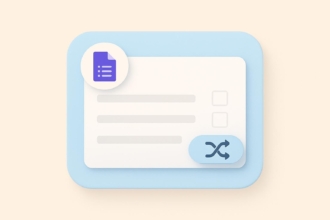







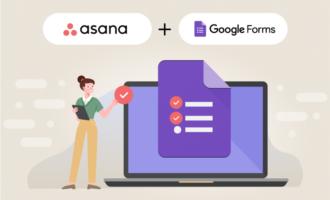


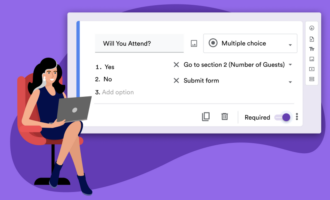













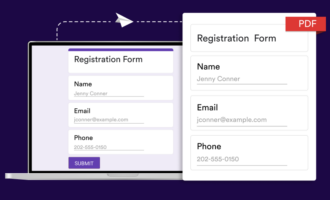



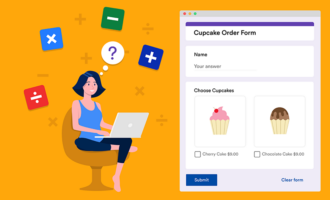








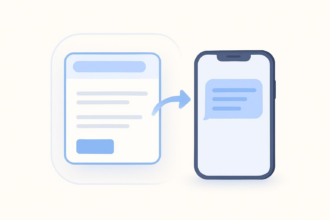
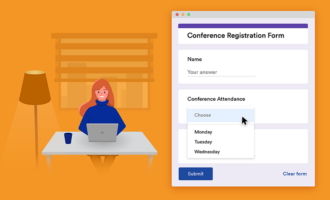


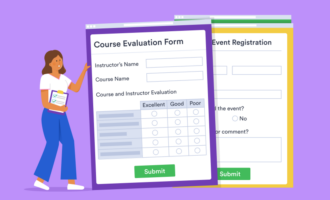


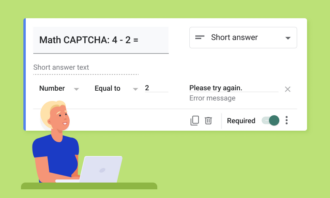
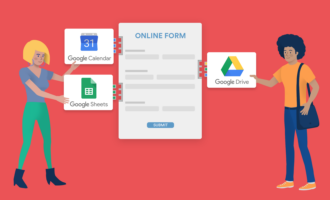
Send Comment:
1 Comment:
193 days ago
Why might multiple-choice questions limit your understanding of respondents’ perspectives?
Regard PJJ Informatika